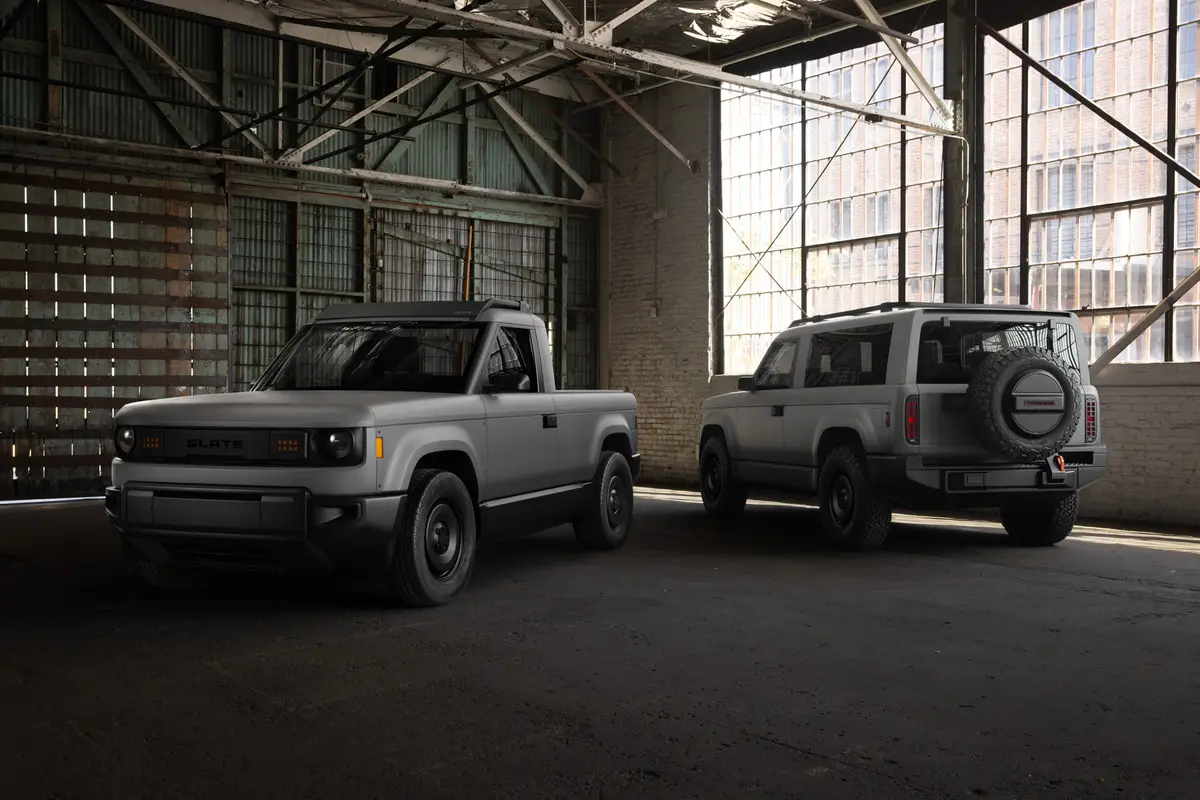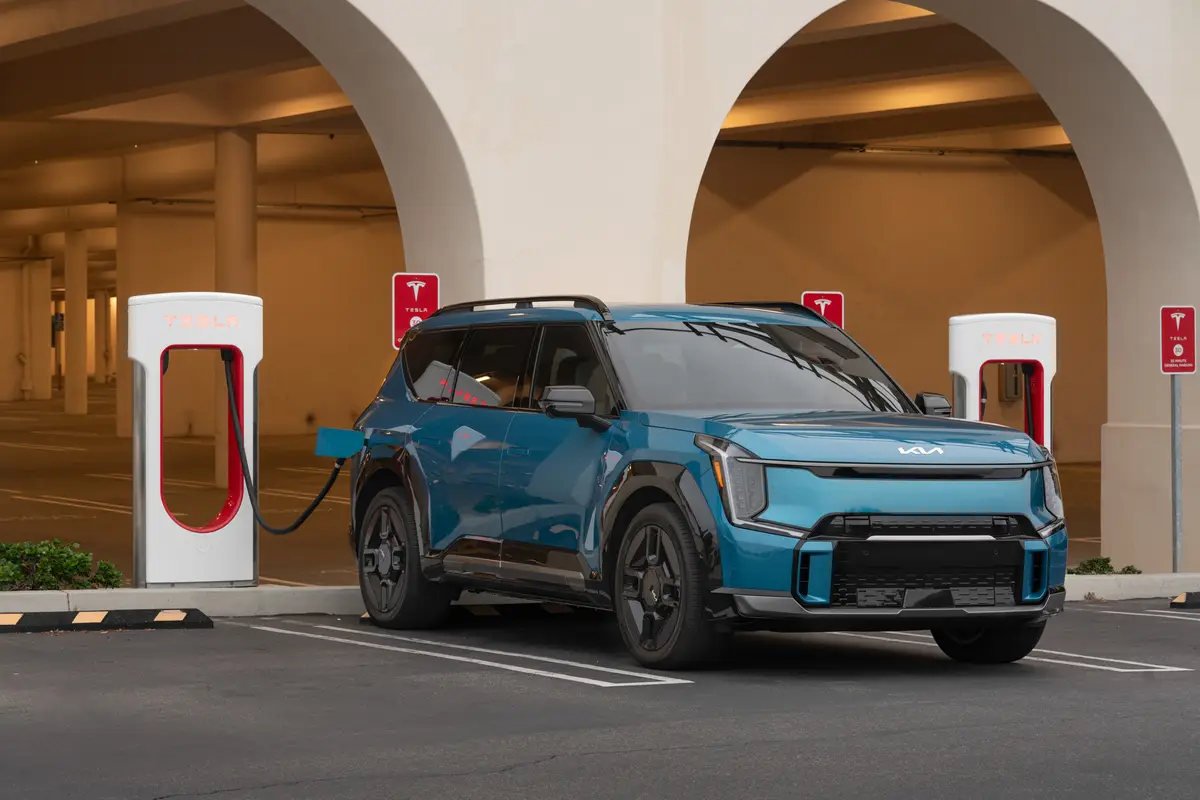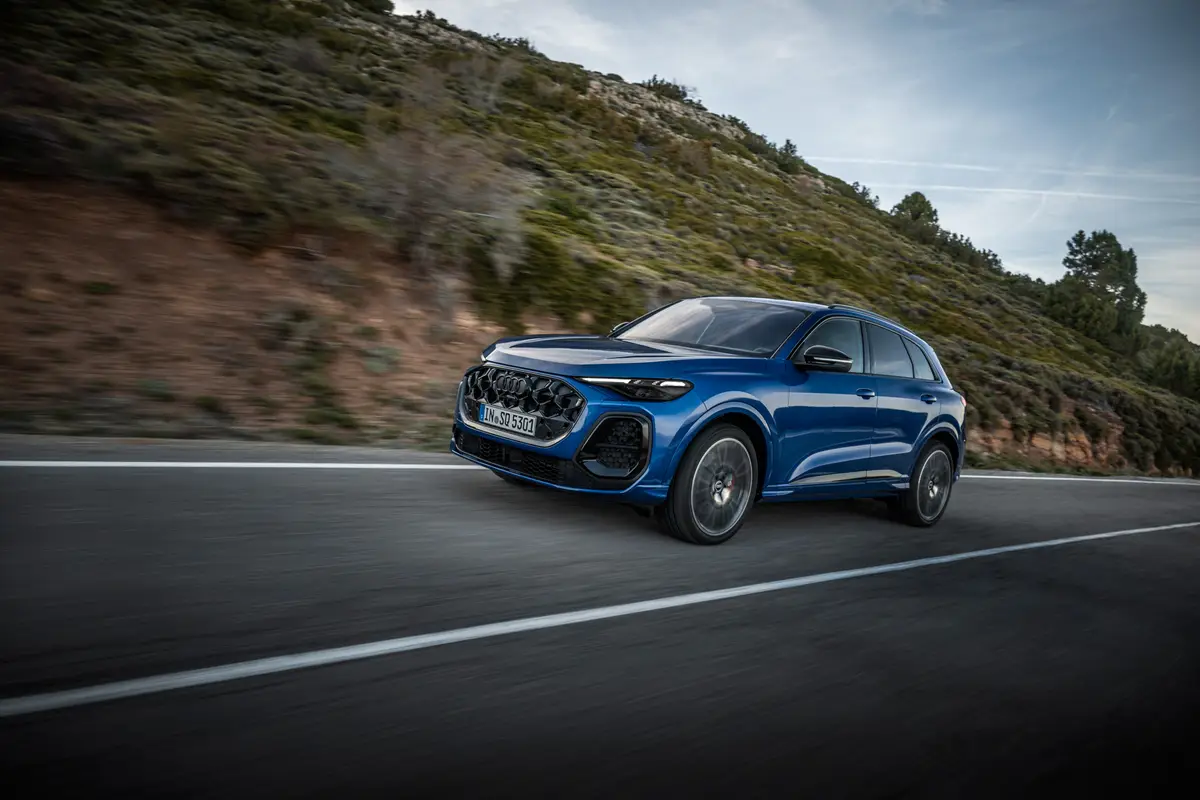Star-Telegram.com's view
Audi’s first sport utility vehicle has arrived, and in the vein of the new wave of SUVs, it’s a dazzling crossover model that will compete with some of the market’s top-runners.
It’s also a capable family hauler, with quite comfortable seating for up to seven people, including a third row of seating that’s roomy enough for adults.
Called the Q7, it eventually will be offered in three versions – a V-6, V-8 and gasoline-electric hybrid. The only version to arrive so far is the 4.2-liter V-8 model, which comes with a starting price of $50,620 (including freight), which includes as standard equipment Audi’s patented Quattro all-wheel-drive system.
And while you can get a livable Q7 for that price, our test car arrived with a host of options that ran the price tag up to $63,770, putting the vehicle in the same class as Mercedes-Benz’s new GL 450 and even the Range Rover Sport.
No prices have been released yet for the 3.6-liter V-6 version, which will show up in late summer, or for the gasoline-electric hybrid model, which will arrive sometime next year as the first hybrid SUV from a European automaker.
Our test vehicle’s V-8 engine comes with gasoline direct injection, and is rated at 350 horsepower. That gave the Q7 a lot of zip for our weekend of driving through the Hill Country, as well as for routine freeway on-ramp merges and passing.
The engine is connected to a very smooth-shifting six-speed Tiptronic automatic transmission, and it has the latest generation of Quattro. During normal operation, the system sends 42 percent of the power to the front wheels and the rest to the rear. Ratios change automatically when wheel slippage occurs, such as on ice, snow or sand.
Unlike off-road-capable SUVs, though, the Q7 doesn’t have a two-speed transfer case for low-range driving on steep slopes or in mud or sand.
This vehicle is more about luxurious on-road driving, and to that end, amenities are plentiful.
The Q7 essentially is a high-end version of the Volkswagen Touareg and a close cousin of the Porsche Cayenne. Those two SUVs have been on the market since 2004, and were developed jointly by Porsche and Volkswagen, which is Audi’s parent. The Porsche shares its body structure with the Q7 and Touareg, which all three begin in the same plant in Austria, but the Cayenne’s final assembly occurs in a Porsche factory in Germany, where it gets Porsche engines and transmissions.
The Audi, though, is about 12 inches longer than the Touareg and Cayenne to accommodate the third row of seating, which is not offered on the VW and Porsche models. They are five-passenger vehicles.
VW completes the Q7 in its plant alongside the Touareg. The Q7 uses V-6 and V-8 engines similar to ones used in the Touareg. In the Audi, however, the V-8 has 40 more horsepower than that of the V-8 in the Volkswagen.
Among standard features on the 4.2 Quattro model are leather seats and wood interior trim, adaptive bi-xenon headlights, seven-passenger leather seating, power tailgate, automatic dual-zone climate control, 18-inch alloy wheels, and cruise control. Adaptive radar cruise control is optional, but was not installed on our vehicle.
Other features in the base price include speed-sensitive power steering, tire-pressure monitoring, Bose 14-speaker AM/FM/compact-disc audio system with six-disc changer, tilt-and-telescopic steering column, power windows and door locks with keyless entry, power seats with memory, and a driver-information system with seven-inch color LCD screen.
Towing capacity is 5,500 pounds with the optional towing package ($550), which was included on our test model.
Options on our vehicle included the technology package ($2,400), which added a rearview camera with rear parking system, a side-assist system that monitors the vehicle’s blind spots, advanced key keyless entry, and voice control; a cold-weather package ($850), with heated steering wheel and front and second row seats; adaptive air suspension ($2,600); a three-panel panoramic sunroof $1,850); 20-inch, five-spoke cast-alloy wheels with all-season tires ($1,600); four-zone automatic climate control ($950), which includes a rear control panel; a GPS navigation system ($1,800); and Sirius satellite radio ($550). Standard safety features include dual front and front-side air bags, side-curtain air bags for all three rows of seats, four-wheel antilock disc brakes, electronic stability control with rollover sensing, and pre-tensioning three-point seatbelts for all seven passengers. Rear seat-mounted side air bags are optional, and were not included on our test vehicle.
The Quattro system will be standard on all models, just as four-wheel drive is standard on all versions of the Cayenne and Touareg. Those other vehicles have low-range gearing, however. Even without that, though, the Q7 will be capable of limited off-road driving. It has ground clearance of up to 7.9 inches to help it avoid obstacles on the trail. But with prices ranging into the mid-$60,000s, such as we found on our tester, this vehicle will see more country clubs than country roads. No matter how capable they are, most expensive SUVs are seldom taken on rugged off-road trails, where minor body damage is routine.
As a civilized people-hauler, though, the Q7 ranks up there among the best. It’s intended to combine “sportiness, versatility, sophisticated technology and luxury in a premium-class vehicle,” the company said during the Q7’s introduction at last fall’s Frankfurt Motor Show introduction.
“On the road, it excels with the driving performance and dynamics of a sports car; off-road it redefines the benchmark in its category,” Audi said. “It’s a vehicle that outwardly makes no secret of its qualities and whose technology delivers on its promise – on any road and in all conditions.”
The Q7 generally fits in between the Touareg and the Cayenne on price, although there is a V-6 version of the Cayenne that costs less than the V-8 Q7, and a V-10 diesel version of the Touareg that costs thousands more than the Q7 V-8 model. The Cayenne runs into the $90,000s for the high-performance supercharged version, however.
Audi says the front of the Q7 bears the “new face of the Audi brand,” with its signature trapezoidal grille design. And although its overall look is similar to the Touareg and Cayenne’s, it does have its differences.
As for interior amenities, the Germans are finally getting the message: Americans like cup holders. The Q7 has 10 of them throughout the passenger compartment.
Audi said its middle-seat leg room is best in the class. The second- and third-row seats can be folded flat in a variety of configurations to accommodate more people or more cargo, depending on immediate needs. Behind the third seat is 11.7 cubic feet of cargo space; with the third seat folded, that expands to 27.4 cubic feet.
The tailgate lifts up in one piece, just as it does on the Touareg and Cayenne, but the Q7’s is a power-operated tailgate, a feature first introduced by Chrysler Group on its minivans. The 4.2-liter V-8 is rated at 324 foot-pounds of torque, and can propel the Q7 from zero to 60 mph in 7.4 seconds. Top speed is 154 mph, although I don’t recommend trying that unless you’re on a track, wearing a helmet..
The V-6 model, which arrives in September, will be rated at 280 horsepower.
EPA ratings for the V-8 are 14 miles per gallon in the city and 19 mpg on the highway. Three days into the use of our test vehicle, we had to refuel, so anyone who buys this vehicle should be prepared to spend lots of money on gasoline – and premium unleaded is recommended.
No fuel-economy ratings have been announced yet for the V-6 model, but the V-6 version of the Touareg with the same engine is rated at 16 city/21 highway. The V-6 might be the better choice, then, especially if you’re not planning to tow a trailer.
G. Chambers Williams III is staff automotive columnist for the San Antonio Express-News and former transportation writer for the Star-Telegram. His automotive columns have appeared regularly in the Star-Telegram since 1995. Contact him at (210) 250-3236; chambers@star-telegram.com.
At a Glance: 2007 Audi Q7 4.2 Quattro
The package: Full-size, five-door, seven-passenger, V-8 powered, all-wheel-drive, high-performance, luxury sport utility Highlights: Developed from the Volkswagen Touareg and Porsche Cayenne platform, this is Audi’s first SUV, with a sophisticated permanent all-wheel-drive system, seating for the whole family, and plenty of luxury. Negatives: Very pricey with all of the options; poor fuel economy Engine: 4.2-liter V-8 Transmission: Six-speed Tiptronic automatic with clutchless manual shift feature Power/torque: 350 HP/324 foot-pounds Length: 200.2 inches Curb weight: 5,269-5,500 pounds Brakes, front/rear: Disc/disc, antilock Cargo capacity: 10.9 cubic feet (with third seat in place); 42 cubic feet (with third seat folded down) Fuel capacity/type: 26.4 gallons/unleaded premium EPA fuel economy: 14 miles per gallon city/19 mpg highway Major competitors: BMW X5, Mercedes-Benz GL450, Lexus LX 470, Range Rover Sport Base price: $49,900, plus $720 freight Price as tested: $63,770, including freight and options On the Road rating: **** (four stars out of five)
Prices shown are manufacturer’s suggested retail; actual selling price may vary according to manufacturer and/or dealer rebates, incentives or discounts, if any.
Latest news



